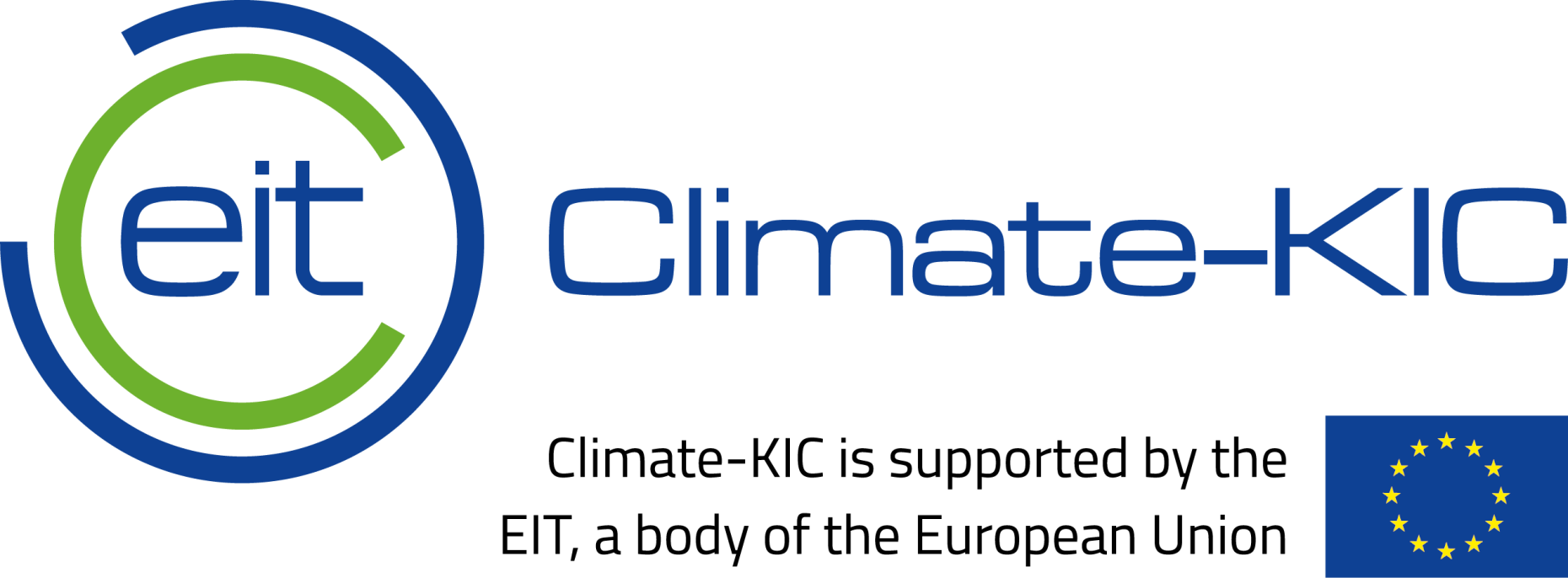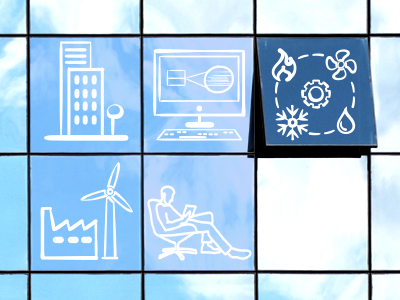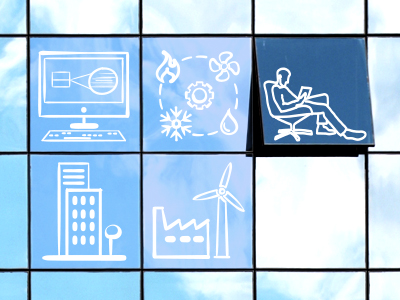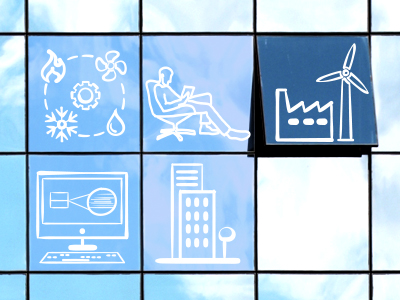Overview
Discover how building design and occupancy determines the energy demand in buildings and learn how to (re)design low energy buildings.
Building design strongly influences the quantity of heating, cooling and electricity needed during building operation. Therefore, a correct thermal design is essential to achieve low energy and low carbon buildings, with good indoor air quality.
This course will enable you to understand the basic principles of the energy chain: demand, supply and distribution; and how they relate to design principles for sustainable and energy-efficient buildings.
Second, you will discover what type of heat losses and gains take place in buildings' operations. You will learn how to estimate these flows using simple meteorological data and construction properties. You will acquire knowledge on how to estimate heat transfer through construction, ventilation, solar radiation or caused by internal sources or heat storage in the construction.
Third, you will learn to make estimates of buildings' energy needs on an hourly basis by using simple static energy balances: how much energy comes in and out and which air temperature is needed? When is there heating or cooling? How much electricity is needed?
Fourth, you will discover how to extend your estimates to yearly energy demand, which is essential to make sure that a building is energy efficient and to estimate energy savings and energy costs. You will then also be able to determine the size of the needed heating and cooling equipment (which determines the costs of equipment).
Finally, you will learn how to optimize building design and will be able to find out the optimal window size or the optimum insulation thickness for your building. You will know why putting windows on the south façade is not always energy-efficient. You will understand the thermal interactions between building components and be able to make informed decisions on how to increase the energy efficiency of new and existing buildings.
This course is part of the PCP Buildings as Sustainable Energy Systems. In the other courses in this program you can learn how to choose low carbon energy supply, how to create a comfortable indoor environment, and how to control and optimize HVAC systems.
What You'll Learn:
- All about the energy chain approach, which is a powerful tool to achieve low energy and low carbon buildings.
- To estimate the most important heat losses and gains in a building.
- How to achieve thermal balance of the building and determine its space heating and cooling needs.
- How to estimate the heating energy demand for hot tap water and the electricity needs for appliances and lighting.
- How to achieve a low energy demand by optimizing window size, insulation, orientation and ventilation while taking into account building occupancy.
Quotes From Our Learners
I am older architect learning how to respond to our world's energy demands as they affect the built environment. Each of the courses in the professional certificate teaches how to qualitatively and quantitatively seek out better solutions. If I had previously known the depth of this knowledge, our clients would have better, responsible buildings. I have taken several online MOOC concerning sustainable energy. DelftX offers many outstanding MOOCs covering this broad subject. I recommend they all for being insightful and skill-oriented. - Bradford J Black
This was one of the best experiences I had in online learning, the course content is clear with a professional hierarchy in delivering the knowledge and in teaching, the assignments were helpful to apply what we have learned and the tutors are interacting and helpful. Through this professional certificate, I have gained a lot of knowledge about Energy supply and demand in Buildings, I understood the calculations behind the energy and HVAC systems and how to uses them efficiently. - Yara Al Manaseer
The development of this course is supported by Climate-KIC

Details
License
Unless otherwise specified, the Course Materials of this course are Copyright Delft University of Technology and are licensed under a Creative Commons Attribution-NonCommercial-ShareAlike 4.0 International License.
Qualifications
Chartered Engineering Competences
All our online courses and programs have been matched to the competences determined by KIVI’s Competence Structure, a common frame of reference for everyone, across all disciplines, levels and roles.
These competences apply to this course:
- A1: Extend your theoretical knowledge of new and advancing technologies.
- E3: Undertake engineering activities in a way that contributes to sustainable development and a circular economy.
Admission
This is a Massive Open Online Course (MOOC) that runs on edX.
Prerequisites
None.


